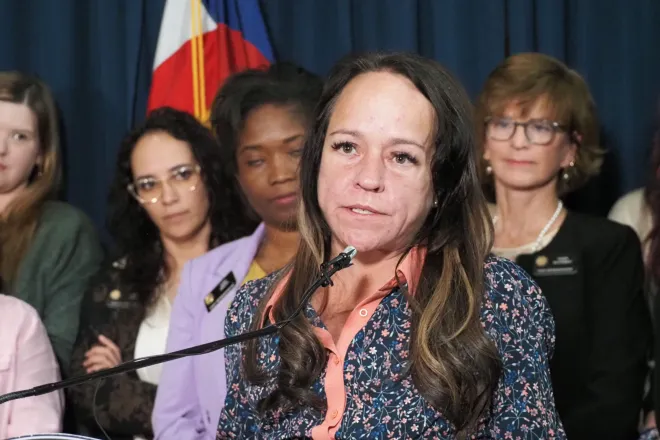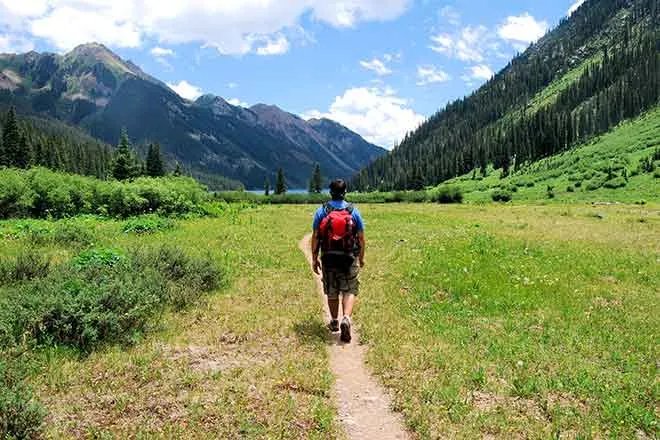
The Yonder Report: News from rural America - August 21, 2025
© Dean_Fikar - iStock-503150251
News from rural America.
Tribally-run programs in states like South Dakota have improved Native American healthcare on reservations, rural Texas communities could lose revenue from abandoned wind and solar projects, and shale drilling in Ohio has not produced promised results.
TRANSCRIPT
For the Daily Yonder and Public News Service, this is the news from rural America.
Native American tribes are finding ways to improve healthcare on rural reservations.
For decades, the federal government's Indian Health Services controlled care in those communities, but that's changing.
Gerilyn Church with the Great Plains Tribal Leaders Health Board says tribal sovereignty in healthcare makes a difference.
What has been really exciting in the last few years is seeing our tribes in the Great Plains, re-evaluate what sovereignty means in the space of healthcare.
In South Dakota, the tribally owned Oyate Health Center does better financially than federal services while still expanding access.
And Church says a new cultural advisor helped add a community garden and brought in heritage foods like buffalo that provide healthy lifestyle options based in tradition.
It makes a huge difference when it's your own community members, your own tribal members running health care.
I always say nobody loves our community like we do.
By June 2023, tribes directly operated more than three quarters of their health programs.
The elimination of federal tax credits could impact future renewable energy projects and local infrastructure funding in rural Texas.
Julia Tilton explains.
Parts of Texas counting on revenue from wind and solar will lose out if projects are canceled.
Daily Yonder Analysis found that wind, solar, and storage projects that have not yet come online are expected to generate over $4.7 billion in local revenue over their lifetimes.
Jeffrey Clark with the state's Advanced Power Alliance says that could hurt rural schools.
When we show up with a $300 million solar farm or a wind farm, all of a sudden the school has new utilities, new books, new technology, etc.
The federal tax credits expire in two years.
Lighthouse Solar CEO Stanley Pipkin says developers may bail when the numbers no longer work.
People just leave.
You know, we're not like martyrs.
I'm Julia Tilton.
Ohio County's promised economic benefits from shale drilling are still waiting.
Beginning in 2010, the gas industry began investing billions in part of the state.
But the Ohio River Valley Institute's Sean O'Leary says despite early hopes, the investment didn't pan out.
Those eight counties have seen more job loss, more population loss, and less income growth than any other set of counties in Ohio.
O'Leary says the industry is capital intensive, not labor intensive, with benefits mostly going to investors, out-of-state workers, and service companies.
As the Trump administration expands fossil fuels to power artificial intelligence, O'Leary expects more of the same.
The economic outcomes will have very little, if any, positive economic impact for the communities that host those facilities.
For the Daily Yonder and Public News Service, I'm Roz Brown.
For more rural stories, visit dailyyonder.com.

















